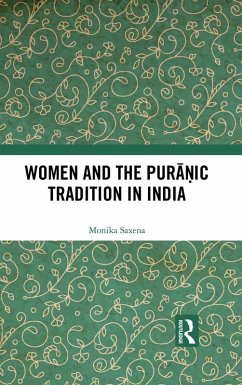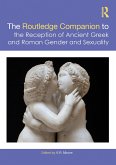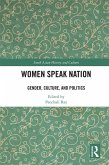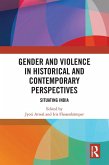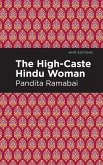This book analyses the diverse ways in which women have been represented in the Puräic traditions in ancient India - the virtuous wife, mother, daughter, widow, and prostitute - against the socio-religious milieu around CE 300-1000.
Puräas (lit. ancient narratives) are brahmanical texts that largely fall under the category of socio-religious literature which were more broad-based and inclusive, unlike the Sm¿tis, which were accessible mainly to the upper sections of society. In locating, identifying, and commenting on the multiplicity of the images and depictions of women's roles in Puräic traditions, the author highlights their lives and experiences over time, both within and outside the traditional confines of the domestic sphere.
With a focus on five Mahapuräas that deal extensively with the social matrix Vi¿¿u, Markä¿eya Matsya, Agni, and Bhagavata Puräas, the book explores the question of gender and agency in early India and shows how such identities were recast, invented, shaped, constructed, replicated, stereotyped, and sometimes reversed through narratives. Further, it traces social consequences and contemporary relevance of such representations in marriage, adultery, ritual, devotion, worship, fasts, and pilgrimage.
This volume will be of interest to researchers and scholars in women and gender studies, ancient Indian history, religion, sociology, literature, and South Asian studies, as also the informed general reader.
Puräas (lit. ancient narratives) are brahmanical texts that largely fall under the category of socio-religious literature which were more broad-based and inclusive, unlike the Sm¿tis, which were accessible mainly to the upper sections of society. In locating, identifying, and commenting on the multiplicity of the images and depictions of women's roles in Puräic traditions, the author highlights their lives and experiences over time, both within and outside the traditional confines of the domestic sphere.
With a focus on five Mahapuräas that deal extensively with the social matrix Vi¿¿u, Markä¿eya Matsya, Agni, and Bhagavata Puräas, the book explores the question of gender and agency in early India and shows how such identities were recast, invented, shaped, constructed, replicated, stereotyped, and sometimes reversed through narratives. Further, it traces social consequences and contemporary relevance of such representations in marriage, adultery, ritual, devotion, worship, fasts, and pilgrimage.
This volume will be of interest to researchers and scholars in women and gender studies, ancient Indian history, religion, sociology, literature, and South Asian studies, as also the informed general reader.
Dieser Download kann aus rechtlichen Gründen nur mit Rechnungsadresse in A, B, BG, CY, CZ, D, DK, EW, E, FIN, F, GR, HR, H, IRL, I, LT, L, LR, M, NL, PL, P, R, S, SLO, SK ausgeliefert werden.

